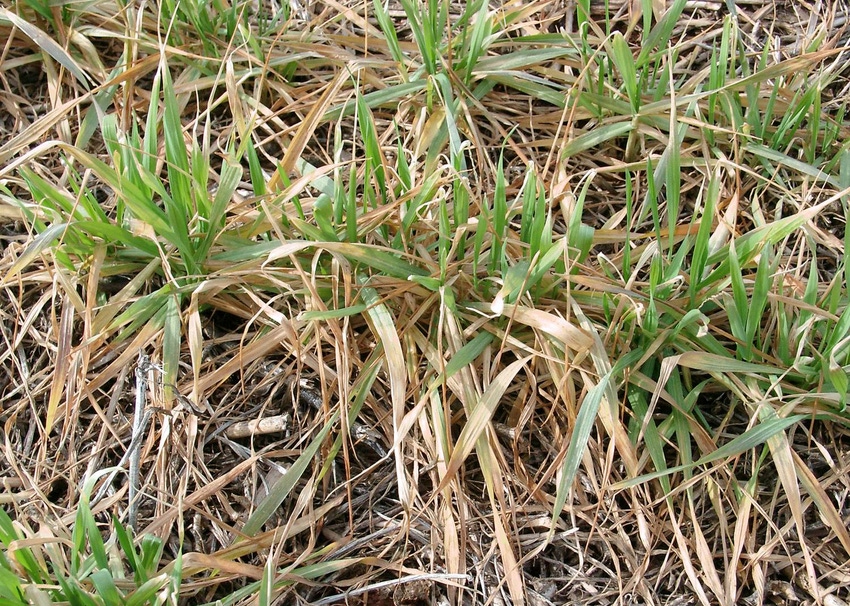January 9, 2014

The cold weather this week — temperatures down into the 20s in south Louisiana and high-teens in north Louisiana — has caused some concern among wheat producers in the region. How will the low temperatures impact wheat? Generally the answer would depend on the growth and development of the wheat crop. The positive news is that when wheat is well-developed, fully-tillered, but not jointed and hardened off, it can withstand temperatures in the low teens with minimal damage.
At this stage, the growing point is still below ground level, and it would take temperature around 0 degrees to kill the plants. Additionally, the cold weather of the past month has hardened off the tissue such that it withstands cold temperatures. The positive news is the majority of our wheat is fully-tillered and has not jointed. Therefore, it can be expected that the majority of the wheat crop will not sustain any yield loss and probably on fairly minor leaf tissue damage from this cold snap.
Any wheat that has jointed (has nodes above the ground) will be damaged by temperatures that remain below 25 degrees for several hours. The stems will freeze at growing points below the node and the stem will be effectively girdled and killed. It is not expected that a large amount of wheat has reached these advanced stages, and therefore this damage should be minimal.
However, if this occurs, the stems will be discolored (split with a knife) and the tillers will bleach out and die over the next 10-14 days with warmer weather. The good news is, as long a majority of the tillers have not jointed, it is still quite early in the growing season the yield loss may still be relatively minor even if primary tillers are lost.
Oats are more susceptible to freeze damage than wheat and there is a wide range in the level of cold tolerance among oat varieties. Temperatures approaching 10 degrees can severely damage most oat varieties. While the amount of leaf tissue burn with oats will be more intense, it is expected that a majority of the oats will only incur minimal if any loss to yields.
This has been a very good start for the wheat-growing season. The majority of the region should have certainly met our cold requirement for most of our wheat varieties. The cool weather has prevented excessive growth and the crop is in excellent shape. Growers concerned about freeze damage probably want to wait 7-10 days for leaf damage symptoms to show as dried, bleached tissue. Keep in mind that leaf tissue damage is superficial and should not impact yield.
You May Also Like




